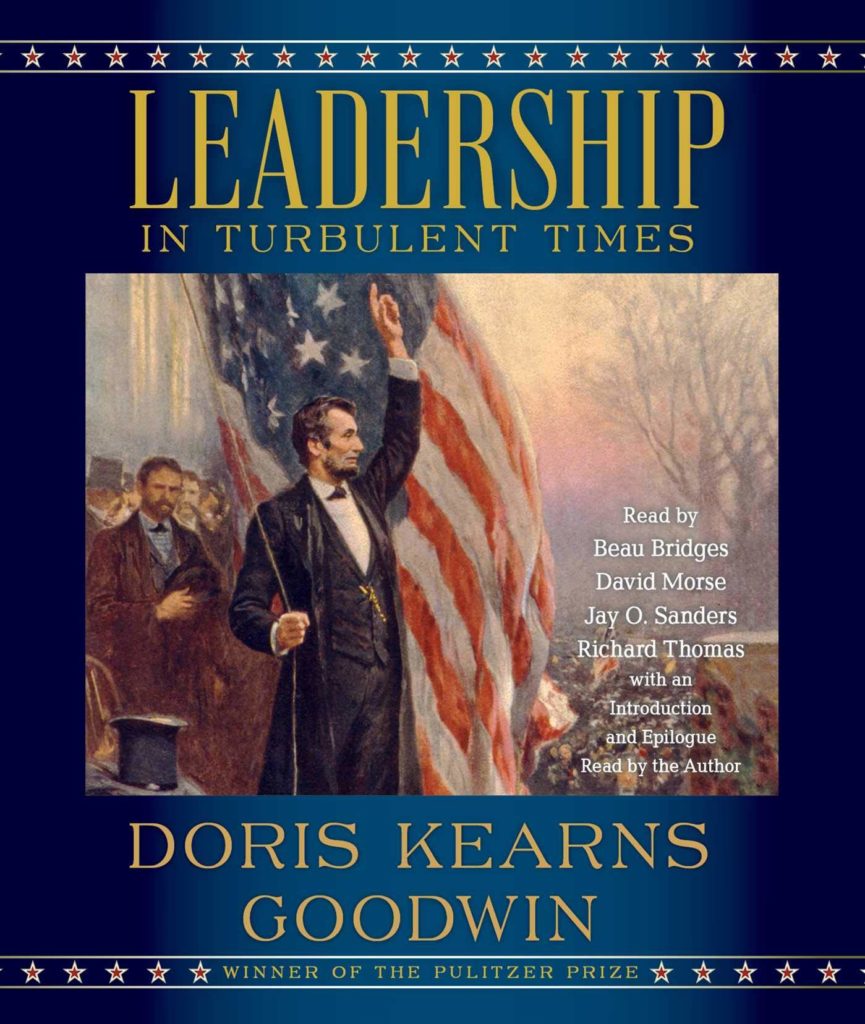
Do the times make the leader or does the leader shape the times? What does it take to unify prideful and ambitious people to see the benefits of acting as a team?
Leadership in turbulent times, a book written by Doris Kearns Goodwin, distinguishes four types of leadership: transformative, crisis management, turnaround and visionary. Abraham Lincoln represents for Goodwin the transformative leader.
What enabled Lincoln to determine that the right time for the Emancipation Proclamation had come and declare that slavery was founded on injustice and bad policy?
He knew when to hold back and when to move forward. The battle of Antietam with its 23´000 casualties (America’s bloodiest battle) culminated in the perfect timing for the action he had postponed.
Set an example. In his daily interactions with the team, he remained compassionate, self-aware and humble. He left no room for mean-spirited behavior and managed to coordinate prideful, jealous and ambitious men.
Understand the emotional needs of the team. He praised frequently the work of others, recognizing and acknowledging publicly their contribution. Personal kindness, fairness and integrity helped him to be accepted by the team as a leader.
Keep his word and establish trustworthiness. Staying firm to his announcement and course of action, along with establishing credibility among soldiers and politicians, contributed to the acceptance of the new direction set.
With a powerful emotional intelligence Lincoln was both merciful and merciless, confident and humble, patient and persistent. He showed an extraordinary ability to unify divided people with conflicting views.
